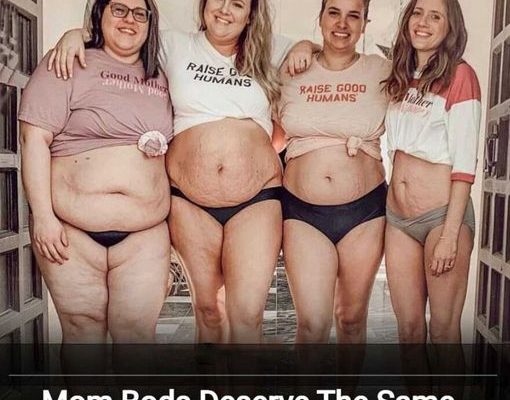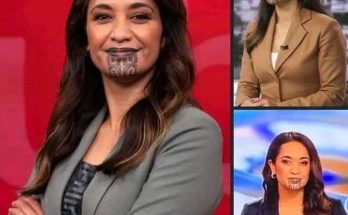
Share
The contrast between the celebration of dad bods and the scrutiny of mom bods highlights a significant societal double standard. The dad bod trend, popularized by Mackenzie Pearson’s 2015 article, celebrates a body type that’s less about perfection and more about relatability and comfort. This movement has positively impacted many men’s self-esteem by normalizing a more average physique and challenging unrealistic fitness standards.
On the other hand, women, particularly those who have recently given birth, face harsh criticism and pressure to return to their pre-pregnancy bodies. Rachel Whipple’s viral TikTok video shines a light on this discrepancy, questioning why mom bods aren’t met with the same acceptance as dad bods. Her video resonated widely, sparking a broader conversation about the unrealistic expectations placed on women’s bodies and the lack of recognition for the incredible changes they undergo during and after pregnancy.

A Deeper Look at Body Image and Societal Expectations
**1. The Double Standard: The acceptance of dad bods versus the criticism of mom bods reflects a deep-seated double standard. While dad bods are seen as charming and relatable, mom bods often face judgment and pressure to conform to an idealized body type that many women cannot realistically achieve, especially soon after giving birth.
**2. Unrealistic Beauty Standards: Societal expectations for women’s bodies are often unrealistic, driven by media portrayals and commercial interests. These standards include a slim figure, flawless skin, and constant youthfulness, which are perpetuated through advertising, entertainment, and social media. Such standards contribute to widespread body dissatisfaction and can negatively affect mental health.
**3. Impact on Women’s Self-Esteem: The pressure to meet these standards can lead to significant issues with self-esteem and mental health. Women may experience anxiety, depression, and eating disorders as a result of the constant scrutiny and unrealistic comparisons.
Positive Movements and Change
**1. Embracing Diversity: Movements aimed at celebrating body diversity and challenging unrealistic standards are gaining momentum. Initiatives like body positivity, inclusive beauty campaigns, and social media movements are pushing back against narrow definitions of attractiveness and encouraging acceptance of all body types.
**2. Role of Social Media: Platforms like TikTok and Instagram play a crucial role in amplifying voices that challenge traditional beauty norms. Videos and posts that celebrate mom bods, embrace imperfections, and promote body positivity are creating a more inclusive and accepting cultural landscape.
**3. Hope for the Future: The response to Rachel Whipple’s video and similar movements offer hope for a future where both mom bods and dad bods are equally appreciated. The goal is to foster a society that values individuals for who they are rather than how closely they align with an idealized image.
In conclusion, recognizing and addressing the double standards in how dad bods and mom bods are perceived is essential for promoting body positivity and mental well-being. By celebrating all body types and challenging unrealistic beauty standards, we can work towards a more inclusive and accepting society for everyone.



